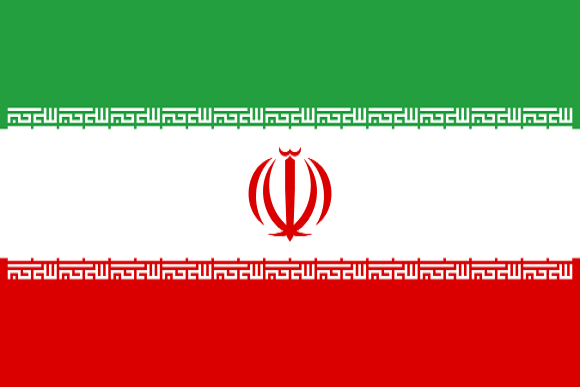Sarcoidosis Clinic
Small nodules called “sarcoid granulomas” develop in body tissues as a symptom of sarcoidosis. Sarcoidosis currently has no known etiology. Masih Daneshvari Hospital developed the first sarcoidosis research center on November 2013. Our coworkers are experienced and qualified specialists and sub-specialists trying with compassion and purity to accomplish the center’s objectives.
The justification for establishing a sarcoidosis clinic in Iran, provided by Dr. Arda Kiani
The Dr. Masih Deneshvari Hospital’s sarcoidosis clinic was listed as one of the world’s top sarcoidosis clinics in WASOG’s most recent evaluation. This clinic was successful in establishing a clinical and research development and skill center while being supervised by Shahid Beheshti University. As a result, all treatments are carried out in compliance with the most recent techniques used worldwide and with the findings of published investigations. Five hundred patients have already visited this center, where all treatment methods are conducted and disease histories are documented.

What is sarcoidosis?
A rare condition called sarcoidosis can induce inflammatory processes in any region of the body, but it most frequently affects the lymph nodes, lungs, and skin.
Under the microscope, sarcoid granulomas are detected within tissue samples; these are clusters of immune cells that serve as a line of body’s defense system. A non-cancerous form of inflammation called sarcoidosis typically gets better on its own over time. Prednisolone or cortisone medication may be necessary in cases of chronic or progressive disease.
Although sarcoidosis can affect any area of the body, it primarily affects the lungs or lymph nodes adjacent to the lungs in 90% of cases. Sarcoidosis can affect several human organs and tissues, including the salivary glands, liver, eyes, skin, and heart, in certain people. Lymph nodes in other body areas, including the neck or armpits, may also be affected.
In the sarcoidosis clinic, we assist sarcoidosis patients whose quality of life, and even that of their closest relatives, have been impaired in moving toward recovery or improved and more stable control of this condition and, to the greatest extent possible, returning to a normal life.
Symptoms and signs
Cough, fever, and chest pain or dyspnea are all disease symptoms. Fever, facial swelling, arthritis (particularly in major joints), and painful red lumps on the front of the legs are all symptoms of active sarcoidosis.
This disorder can also result in inflammation of one or more body joints or the eyes, as well as symptoms in the brain (headache, weakness, numbness, or blurred vision), heart (palpitations, dizziness, or chest pain), and skin (brown or red lumps or rashes). Sometimes it can result in high blood calcium concentrations, which can cause thirst and renal damage, or it might increase calcium in the urine, which exposes the patient at risk for kidney stones.
How to provide services to patients in the clinic
Patients’ information is gathered by visiting this clinic. After then, the required genetic testing is run to document the disease’s history. The right course of treatment is then chosen based on the most recent international recommendations and the disease progression. Additionally, the involvement of other bodily organs like the heart, kidneys, and eyes is examined. The patients are also given psychiatric services based on the disease’s manifestations of weakness, fatigue, and depression. The medications are also examined, and the disease’s progression is completely documented during the follow-up visit.
Therapeutic intervention of treatment-resistant asthma for the first time in Iran
One of the most recent developments in the non-drug treatment of asthma is bronchial thermoplasty, which was carried out by Dr. Arda Kiani, a lung subspecialist at Dr. Masih Deneshvari Hospital, on a patient with asthma on Thursday, June 18, for the first time in Iran, in the presence of Dr. Velayati, the Department of Anesthesia and Bronchoscopy.
This approach is utilized in people with severe asthma who frequently experience asthma episodes and haven’t recovered properly after taking medication and using sprays. These patients must meet the required criteria for pulmonary volume, be between the ages of 18 and 65, and not be wearing any metal implants.
-

problems of patients and the medical community
27 خرداد 1402 -
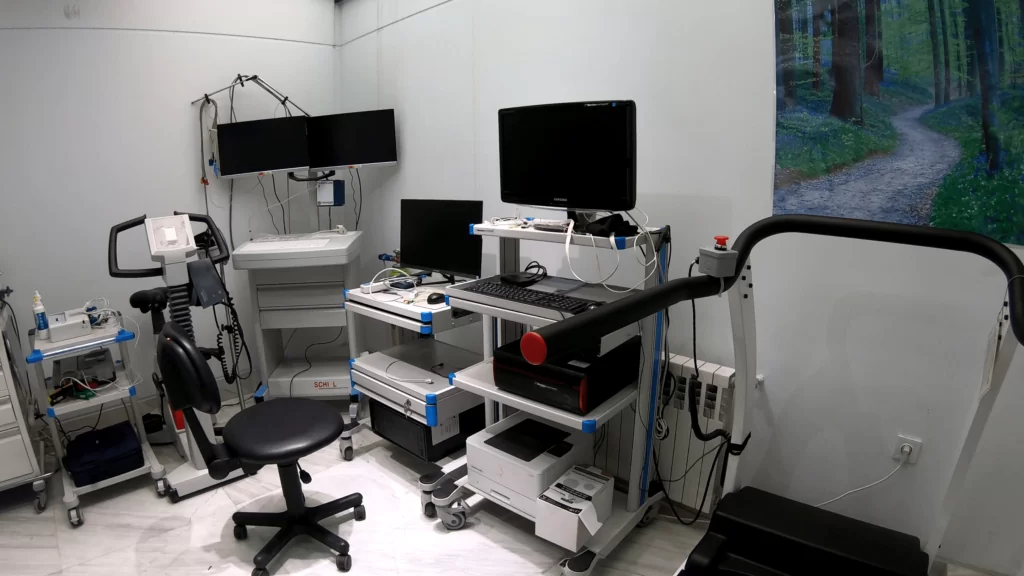
Lung clinic
8 خرداد 1402 -

Long COVID
8 خرداد 1402 -
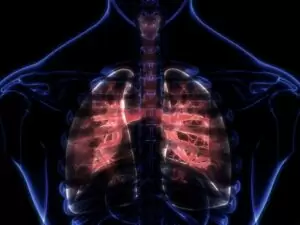
Sarcoidosis Clinic
8 خرداد 1402 -
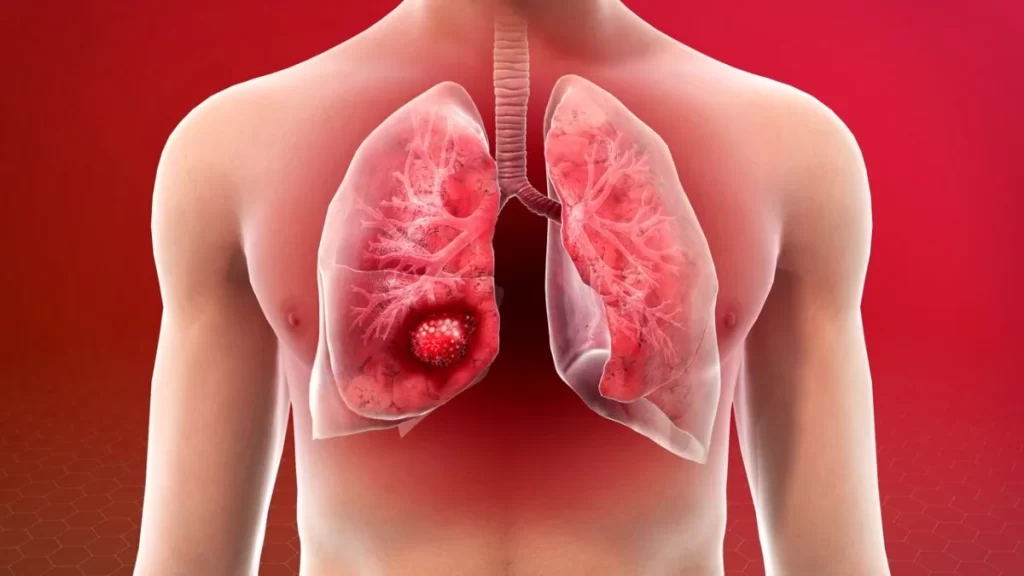
?What is lung cancer, and how is it treated
8 خرداد 1402 -
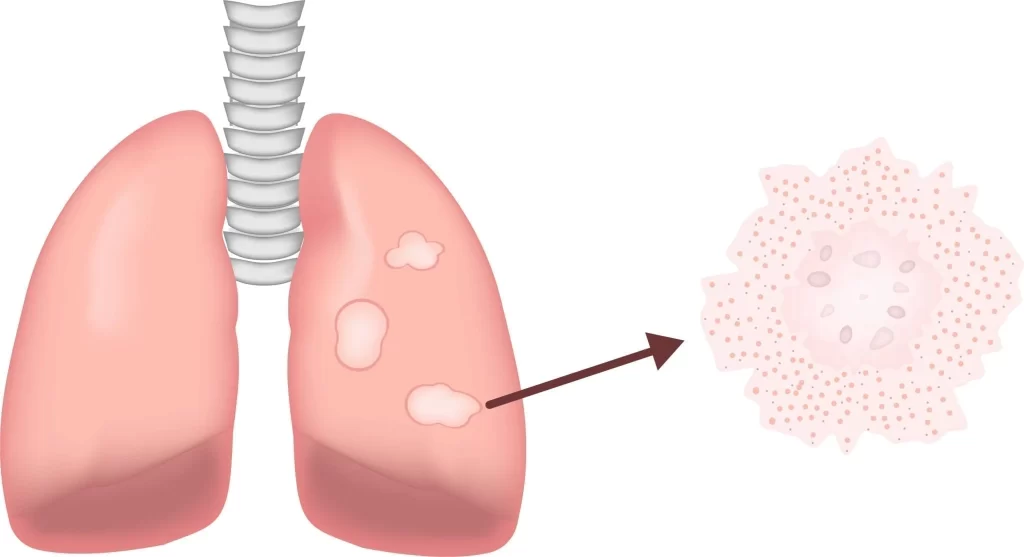
Sarcoidosis and pulmonary fibrosis
8 خرداد 1402 -

What exactly is foreign body aspiration?
8 خرداد 1402 -

How are pulmonary function tests؟
8 خرداد 1402 -
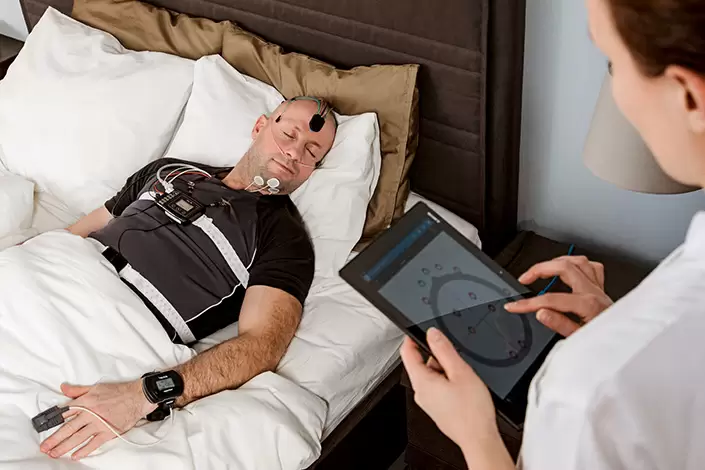
Everything you require to know about the polysomnography
8 خرداد 1402 -
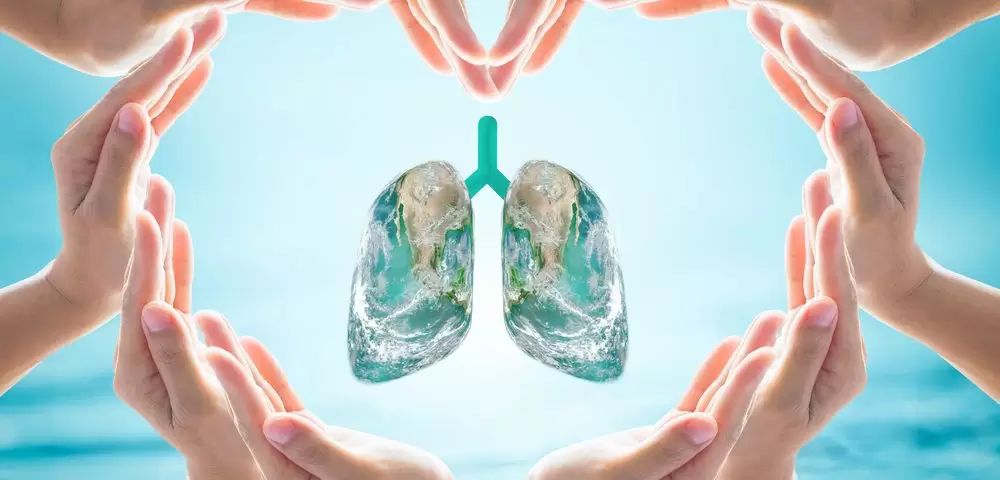
?How is pulmonary rehabilitation carried out
8 خرداد 1402
